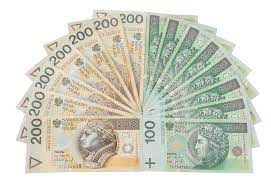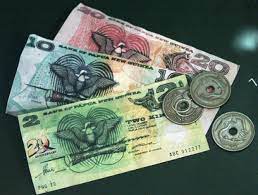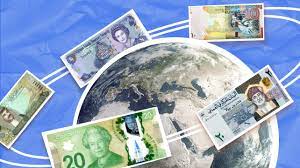Introduction:
In the global economic environment, currency is essential as a store of value, a unit of account, and a medium of exchange. There have been many different currencies throughout the globe, each with special traits and effects on financial stability, investment, and commerce with other countries. This essay explores the salient features of the finest currencies in the world, looking at their historical development, present situation, and the elements that support their stability and strength.
I. Stability and Economic Fundamentals:
A. Low Inflation Rates: Low inflation is one of the essential traits of a strong currency. Over time, currencies linked to stable economies often retain their buying value, giving investors and users confidence.
B. Robust Economic Fundamentals: Strong economic fundamentals, such as consistent GDP growth, low unemployment rates, and a positive trade balance, are generally associated with countries with strong currencies. The strength of a nation’s currency is strongly influenced by the stability of its broader economy.
II. Credible Central Bank Management:
A. Independent Central Banks: The independence of a country’s central bank is typically a determining factor in currency management credibility. Independent central banks are better able to implement monetary policies that prioritize long-term economic stability above immediate political objectives.
B. Effective Monetary Policy: For price stability and, by extension, currency strength, a central bank’s monetary policy—which includes open market operations and interest rate management—to remain successful.
III. Fiscal Discipline and Government Stability:
A. Sound Fiscal Policies: Currency strength is influenced by governments that enact prudent fiscal policies, such as prudent debt management and budgeting. A nation that has demonstrated budgetary restraint in the past is probably going to inspire trust in its currency.
B. Political Stability: The strength of a country’s currency is intrinsically linked to the stability of its government. A strong currency may be maintained through political stability, which lowers uncertainty and promotes international investment.


IV. External Factors and International Standing:
A. Global Reserve Currency Status: The greatest currencies in the world are frequently designated as global reserve currencies. One of the main reserve currencies held by central banks throughout the world is the US dollar. This status adds to the currency’s strength and makes foreign investment and commerce easier.
B. Trade Balance and Current Account Surplus: Stronger currencies are typically linked to countries that continuously maintain a trade balance or current account surplus. A surplus means that a nation’s exports exceed its imports, which raises the demand for its currency.
V. Flexibility and Exchange Rate Mechanisms:
A. Flexible Exchange Rates: It is vital for a currency to have flexible exchange rates so that it can react to changes in the market. In the face of economic shocks, currencies that permit spontaneous changes based on supply and demand dynamics frequently demonstrate resilience.
B. Managed Float or Peg: To limit changes in exchange rates, some nations choose to implement controlled float or currency pegs. Although this can offer stability, in order to prevent distortions and maintain competitiveness in the global market, it also has to be managed well.
VI. Currency Reserves and Foreign Exchange Interventions:
A. Adequate Foreign Exchange Reserves: Large foreign exchange reserves provide nations the ability to enter the currency market and stabilize their national currencies during volatile times. Reserves provide assurance about the stability of the currency and serve as a safety net against outside shocks.
B. Selective Foreign Exchange Interventions: When used wisely, strategic foreign exchange interventions can assist nations in preserving competitive exchange rates and fending off speculative pressures. On the other hand, relying too much on interventions in the absence of solving fundamental economic problems might backfire.
VII. Technological Innovation and Financial Inclusion:
A. Digital Currency Advancements: A new aspect of currency strength has emerged with the introduction of digital currencies and blockchain technology. The currencies of nations that adopt new technologies may be better positioned for the future, providing more security, efficiency, and transparency.
B. Financial Inclusion Initiatives: Currencies that promote accessibility and financial inclusion are beneficial to the economy. Countries that prioritize inclusive financial systems may see a rise in the value of their currencies in an era of rapidly developing financial technology.


X. Conclusion:
The finest currencies in the world have a variety of qualities, such as sound government, economic stability, and technological adaptation. Currencies that support innovation, encourage diversity, and address social and environmental obligations are likely to stand out as the world economy continues to change. Currencies’ trajectory is shaped by the interaction of monetary policy, international cooperation, and economic fundamentals, highlighting the central role that currencies play in the complex web of commerce and finance.





